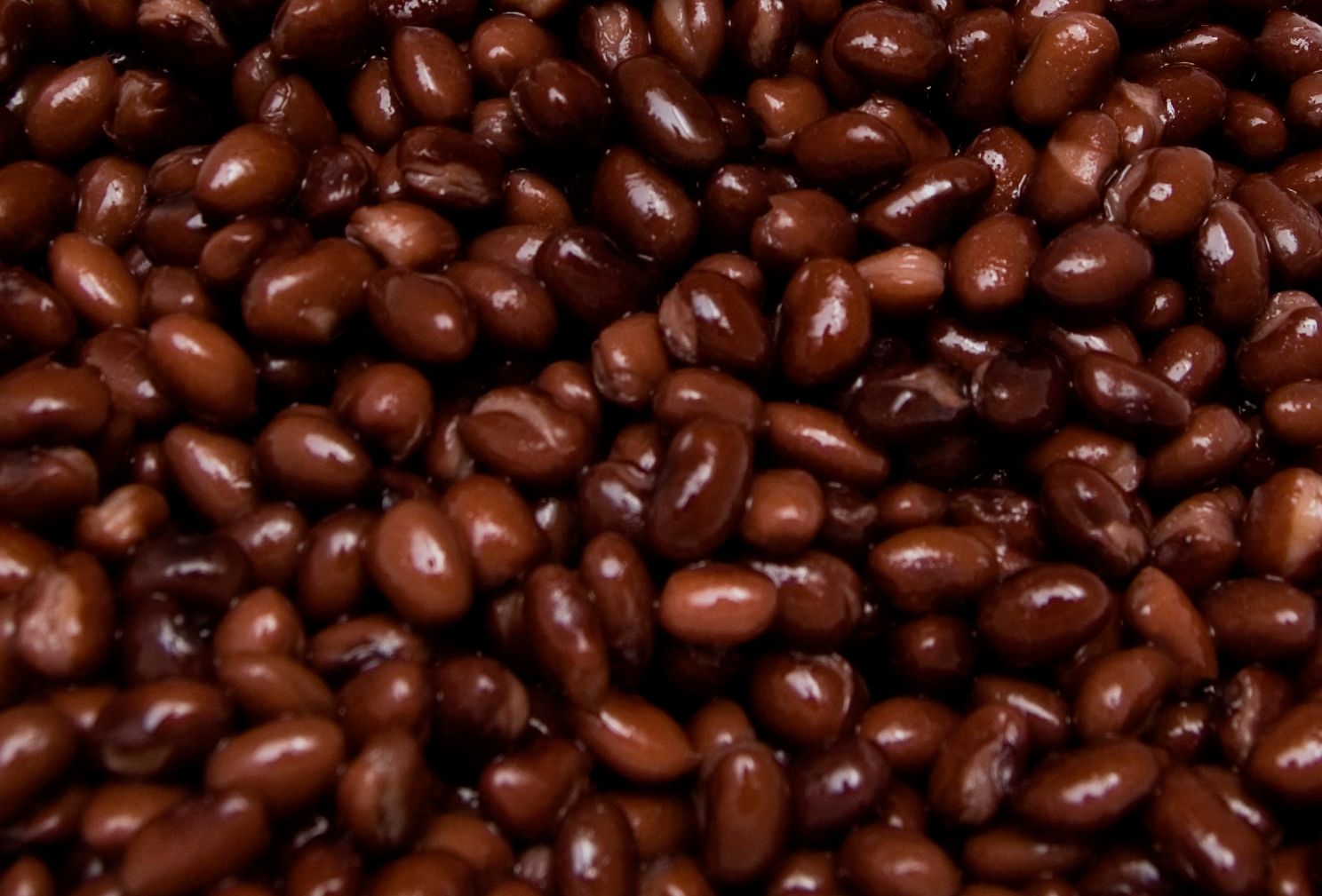
From Atrophy to Action: Kickstart Your Muscles Back to Health
- Jul 31, 2024
Muscle wasting or atrophy used to be a hush-hush topic, most often whispered about in the shadows of retirement homes and fitness boot camps. However, with startling spikes in ageing populations or those leading a largely sedentary lifestyle, muscle wasting is now at the forefront of health discussions.
Primarily caused by aging, lack of physical activity, malnutrition or certain health conditions like ALS, muscular dystrophy, and spinal muscular atrophy, muscle wasting is inevitable for some and avoidable for others. Chronic diseases linked to a sedentary lifestyle or immobility such as arthritis or multiple sclerosis can further stimulate this condition.
Symptoms of muscle wasting largely depend on the underlying cause. For instance, ALS or Lou Gehrig's disease is a neurological condition that leads to skeletal muscle wasting due to the death of motor neurons. Its most prominent symptom is muscle weakness, usually manifesting between ages 55 and 75 and steadily worsening over time.
Alternatively, muscular dystrophy is an inherited disease that similarly causes skeletal muscle weakness and wasting over time due to a change in the DNA sequence of muscle-related genes. The symptoms and severities vary dramatically based on the type of muscular dystrophy.
Moreover, muscle wasting is a common fallout from malnutrition and is often seen in older adults or individuals with specific health conditions such as burns, sepsis, or diabetes.
While muscle wasting is an unfortunate reality for those with incurable diseases, it's not a death sentence for people doing desk jobs or those Cosco-size pack of potato chips. With a balanced dose of exercise, physical therapy and revolutionizing your diet from fast-food chains to Mediterranean styled high protein intakes, muscle wasting can be managed effectively.
Also, it's worth pointing out that sarcopenia or age-related muscle loss is a natural occurrence and starts impacting healthy adults from the age of 40. This warrants the need for strategies to slow down this aging process.
Finally, dealing with muscle wasting would require more than setting up a home gym or tossing spinach on your plate. It necessitates timely interventions from healthcare professionals who could guide you through this journey based on your precise medical history and current wellness level.






